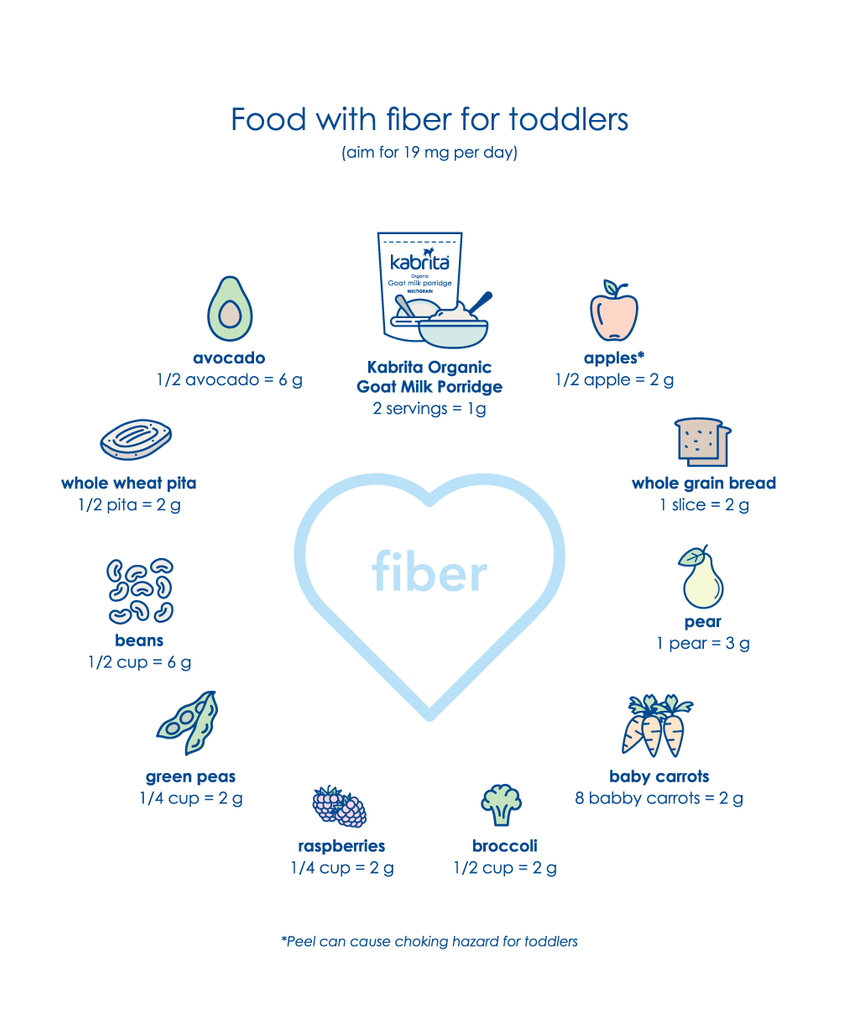The Importance of Whole Foods with First Foods

While introducing solid food is a fun and exciting time for families, it may also come with questions and uncertainty. To help make the food introduction process as easy as possible, we’ve identified several core principles to help guide families. Read on to learn about one of these core principles, Whole Foods, and how it applies to the introduction of baby’s First Foods.
What are Whole Foods?
Whole food is one that has been processed or refined as little as possible and is free from additives or other artificial substances.
Processing or refining of foods may be done to make food taste better, to create a finer texture, or to improve shelf life. While these processes may offer some benefits, they may also result in the removal of important nutrients, such as vitamins, minerals, and fiber. Often, it may also involve the addition of sugar.
Current Recommendations for Feeding Baby
For many decades, white rice cereal was the predominant first food recommended by the medical community. In addition to promoting a diet lacking in important fiber, this practice may also be linked to the development of obesity and type-2 diabetes. Consistently offering whole foods may also lay a positive foundation for taste preferences and healthy eating habits.
Many health professionals now recommend starting with real, whole foods, and ditching processed foods, like white rice cereal.
The American Academy of Pediatrics recommends offering age-appropriate portions and choosing foods for your child from the following food groups: vegetables and fruits, whole grains, dairy, and quality protein sources.

Whole Foods and Added Sugars
Whole foods do not contain added sugars. Added dietary sugars have been linked with an increase in childhood obesity, as well as dental cavities.
The World Health Organization recommends that adults and children keep their intake of free sugars (those added to food and drink, or naturally-occurring sugars in refined foods, such as honey, syrup, or fruit juice) to less than 10% of their total energy intake. This means no more than 25 grams daily for children between 1-3 years old.
Eating the ‘Standard American Diet’, the ‘sugar budget’ can quickly be spent by breakfast alone: ½ cup of orange juice may contain 10 g of sugars and 1 packet of maple brown sugar instant oatmeal may contain up 12 g! The best strategy is to learn to read food labels thoroughly and know all the names sugar may go by!
Whole Foods and Fiber
Whole foods, such as fruits and vegetables, are also a natural source of fiber. Fiber may help to balance blood sugar levels, benefit the gut microbiome (the beneficial bacteria and fungi in the gut), and help with digestion and regular bowel movements.

While there is no set amount of daily fiber for infants, toddlers should aim for 19 mg of fiber each day.

Cultivating a Whole Foods Diet
Cultivating a diet based on whole, unprocessed foods is one strategy to support solid foods introduction. This principle can act as a guideline, no matter what food preferences may be, and offer maximum flexibility on the journey!
First Foods is a series of blogs looking into several core principles to help guide families when introducing solid foods.
Kabrita Goat Milk Toddler Formula may be an option for little ones during feeding transitions, such as weaning and supplementing, or those with minor issues associated with cow milk sensitivity*.
*Not suitable for children with confirmed cow milk protein allergy